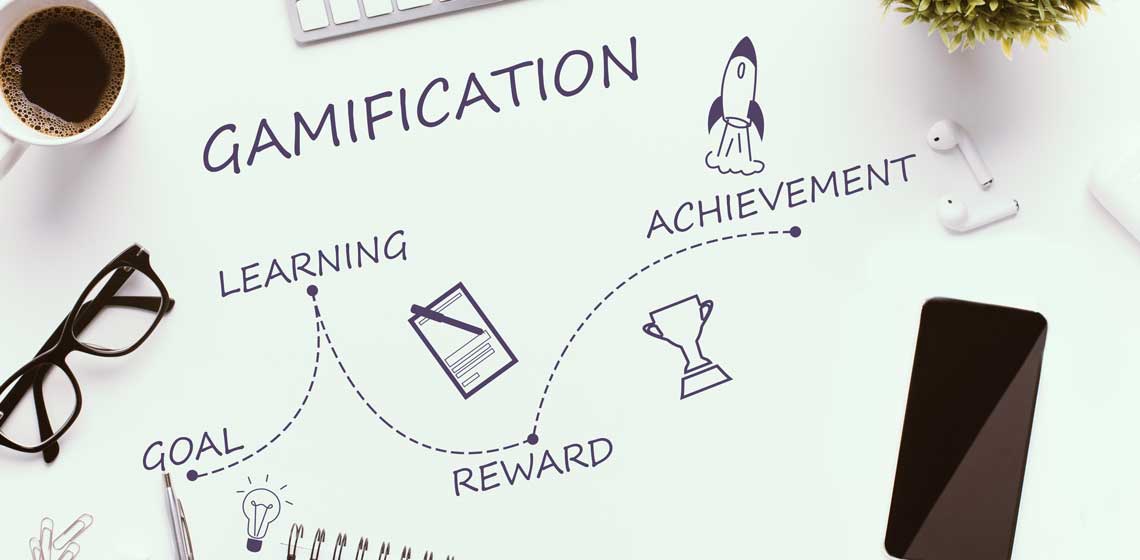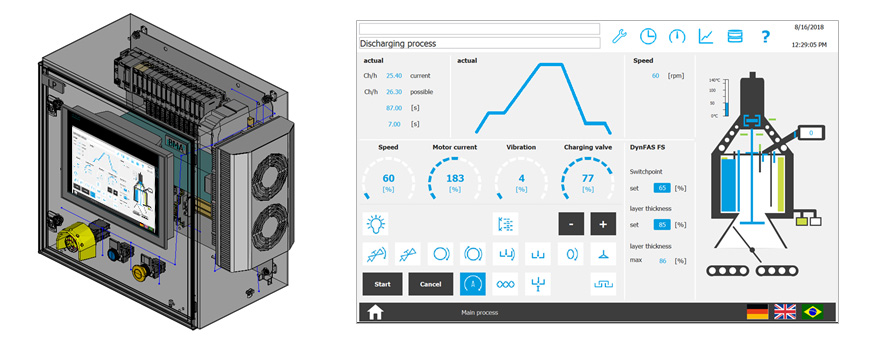How can the gamification approach be used to encourage “learning by playing”? How can digital content be designed in such a way as to communicate sustainable information to employees or encourage them to improve? One not entirely new concept is the so-called gamification approach. The gamification approach starts with the digital methods and didactics of learning concepts. This means a playful approach to learning, mainly in continuing education and further training. Hang on a minute – so will I have to programme a computer game?
The origins of the gamification approach
The term “gamification” was in fact originally coined in the computer games industry. A number of other industries have adopted the concept, and now use the game mechanics of computer games. But not only the game mechanics have been transferred; the term “game” itself has been borrowed, resulting in the term “gamification” used today. So it is true that the origins are in the computer games industry. But there’s no need to programme a computer game. According to Google Trends, the first search results relating to gamification appeared in 2011, both in Germany and worldwide.



